A Taste of The World’s Best At In Situ
A couple weeks ago, I had the pleasure of dining on signature dishes from Japan, Germany, Denmark, France, Spain and Italy — all from the comfort of my chair at In Situ in downtown San Francisco.
Opened last May as part of SFMoMA’s $610 million expansion, In Situ has to be one of the most original restaurants ever created. Leave it to French Laundry alum, Chef Corey Lee of San Francisco’s Michelin three-starred Benu and Monsieur Benjamin, to fashion a restaurant that’s much like a museum, itself, in curating and showcasing iconic artworks that in this case just happen to be edible.
Latin for “on site,” In Situ, is where Lee has collaborated with chefs from around the world, as well as right here in the Bay Area, to recreate their most iconic dishes. At times, he has traveled across the globe to watch a chef cook a dish; other times a chef has merely sent a video with instructions.
How many times have you longed to try some fantastic dish at some far-off restaurant, only to realize the odds are you would never make it to that destination? At In Situ, that wish is very much possible.
The minimalist decor of light woods, including on the ceiling, ensure that it’s the food that garners all the attention here, as it should be.
The folded paper menu lists not only the dishes but background on the chefs and restaurants from which they originated. Some might find dining here a bit discordant because of the way the menu, and thus the dishes, veer from one culture to another, and one style to another. But when I dined here with my husband and two friends (we paid our own tab), we rather enjoyed the volleying between dishes, which made each stand on its own all the more.
With the four of us, we were able to practically order every dish on the menu. Some are easier to share than others. But if you are content at times with only one small bite, it can be done.
We began with the Lettuce Sandwich ($14), recreated from Chef Christian Puglisi of Relae in Copenhagen. It looked like a simple small stack of Little Gem lettuce leaves. The Romaine had been fermented yet was still crisp. The leaves were dressed with olive oil and goat cheese. It was a refreshing start, but I don’t know if any of us necessarily could distinguish it from any other perfectly dressed salad we’ve had in the past.
In contrast, the Apocalypse Burger ($14) is like nothing you’d ever imagine a burger to be like. By Chef Anthony Myint of Mission Street Food and the Perennial in San Francisco, it looks like a charcoal briquette on a plate. In fact, $1 from each burger goes toward food-related carbon offsets through ZeroFoodPrint. The slider-sized “bun” is actually more like a paper-thin black cracker shell. Pick up the top half to reveal a tiny patty covered in melted cheese. There’s a big leaf of lettuce on the plate and a ramekin of “special sauce.” You eat this burger by wrapping the whole shebang in the lettuce leaf, smear on some sauce, then fold it up to eat like a wrap. It’s clever and thought-provoking, and definitely fills the burger pangs if in a modest way.
Glazed Chicken Thigh ($22) by Chef Hiroshi Sasaki of Gion Sasaki in Kyoto, Japan is like the best version of chicken teriyaki you’ve ever had. Imagine it not cloying for once, but balanced between just sweet enough and full-on savory, with juicy, gingery chicken chunks and a delicate oozy egg in the middle to puncture so the yolk spills over everything, making it more voluptuous.
Octopus and the Coral ($24) by Chef Virgilio Martinez of Central in Lima, Peru, brought tender chunks of braised octopus in seaweed. The saucy dish was a little spicy, and its rather beefy-briny flavor reminded me for all the world of a classic, long-simmered Chinese soup.
Plogue & Champlain with Foie Gras ($46) was so over-the-top delicious it could only be by Chef Martin Picard of Au Pied de Cochon of Montreal. A generous portion of seared and lacquered foie gras lay over a buckwheat pancake with cheddar, bacon and egg. It was like the richest breakfast of champions imaginable.
The Forest ($28) was more virtuous with its quinoa risotto laden with buttery mushrooms, and parsley “moss.” The dish, created by Chef Mauro Colagreco of Mirazur in Menton, France, did indeed evoke a majestic old-growth forest.
Creole BBQ Shrimp and Grits ($24) was by Oakland’s own Chef Tanya Holland of Brown Sugar Kitchen. The creamy, buttery grits were a perfect foil for the spicy shrimp. One of my dining companions thought there was too much garlic, but I definitely didn’t mind it.
What we all did agree unanimously on was that our favorite dish of the night was the Wasabi Lobster ($26). We were expecting its origins to be from a metropolitan U.S. restaurant or a cutting-edge one in Asia. Instead, it was by Chef Tim Raue of Restaurant Tim Raue in Berlin, Germany, of all places. The gorgeous dish featured a lobster tail coated in what one dining companion described spot-on as “wasabi Special K.” Crispy little flakes with the heat and hue of wasabi clung to the tender lobster. Mango jelly, Thai vinaigrette, and teeny wasabi marshmallow stars garnished this spectacular dish that was at once delicate yet powerful.
Our final savory item was Kalbi Jjim by Chef Roy Choi of Los Angeles. At $34, it was the most expensive dish of the night. For the price, it also was surprisingly skimpy with only one good-sized chunk of braised short rib, plus a second minuscule one. It came with a small bowl of rice. While it tasted fine, we thought it didn’t have nearly the oomph we were expecting.
Three desserts were offered that night, and we ordered every one of them. After watching Netflix’s “Chef’s Table” episode that immortalized the famed “Oops! I Dropped the Lemon Tart” ($16) by Chef Massimo Bottura of Osteria Francescana in Modena, Italy, I had to try it. It actually looked a little less shattered than I thought it would. But the creamy lemon tart was as bright and welcome as sunshine on that rainy winter night.
Interpretation of Vanity ($16) was a fun chocolate dessert that actually tasted as light as air. By Chef Andoni Luis Aduriz of Mugaritz of Errenteria, Spain, it arrived covered in bubbles like the kind you made as a kid by blowing air into a glass of chocolate milk with a straw. Underneath was a moist chocolate cake with cold almond cream.
It was the Jasper Hill Farm Cheesecake ($22), though, that blew my mind. Of course, that’s because it was created by Albert Adria (Ferran’s brother) of Tickets in Barcelona. You’re advised at the start of the meal that if you want this dessert, you should order it early into the meal, as it will take more than 20 minutes. Believe me, it is worth the wait.
What looks like a palm-sized wheel of cheese complete with label comes to the table with lilliputian crackers. Only it’s really a cheesecake made with white chocolate alongside tender little butter cookies. The cheesecake is creamy, not nearly as dense as a traditional American one, and slightly savory tasting from ripe brie. Spread some on a cookie and prepare for complete bliss.
In Situ may not be inexpensive. But it’s far cheaper than several plane rides across the globe. It’s also a most delightful way to send your palate on an unforgettable adventure. And just think: You don’t even have to worry about your luggage.
More: Dinner at Benu

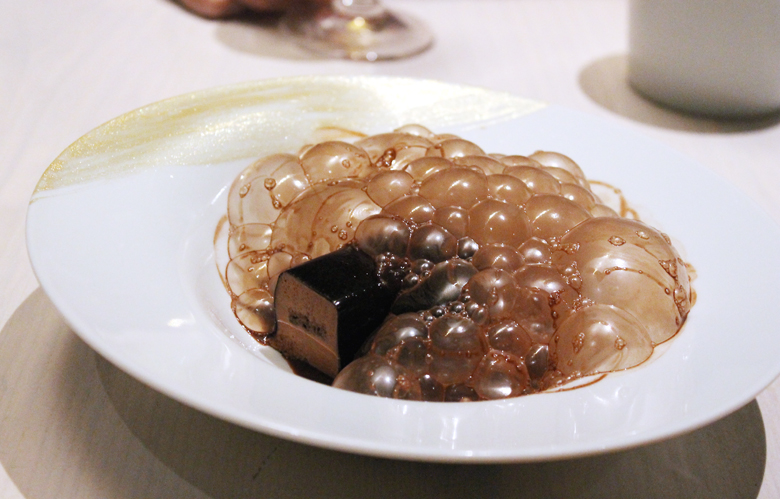

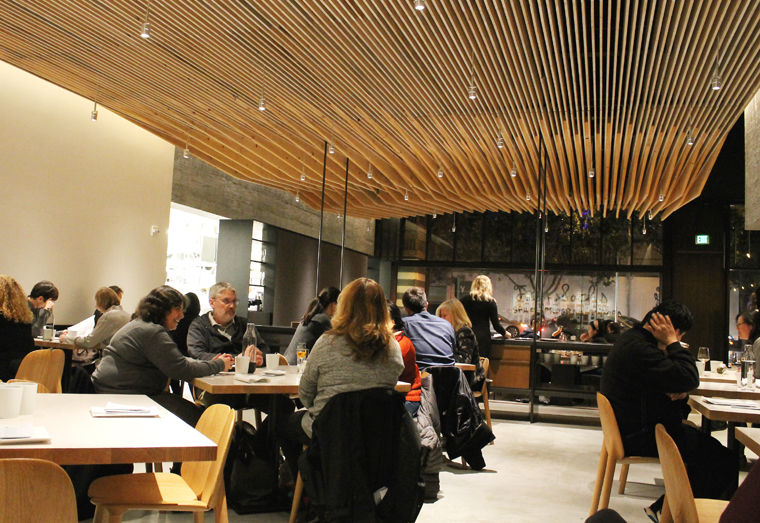
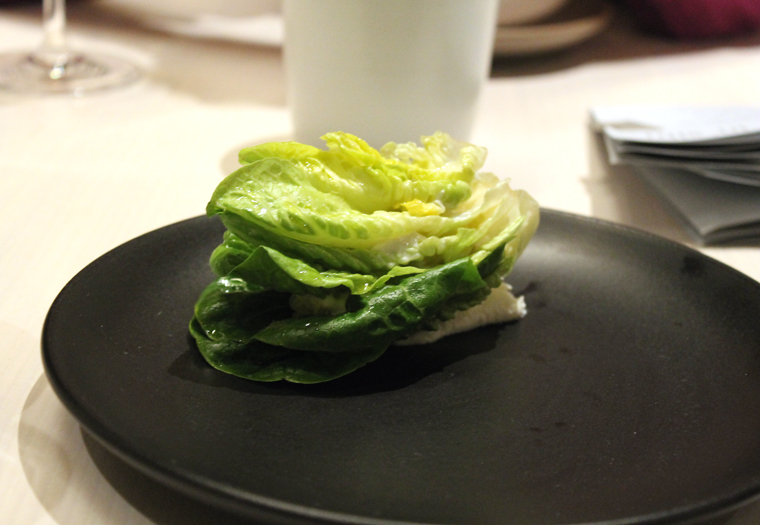
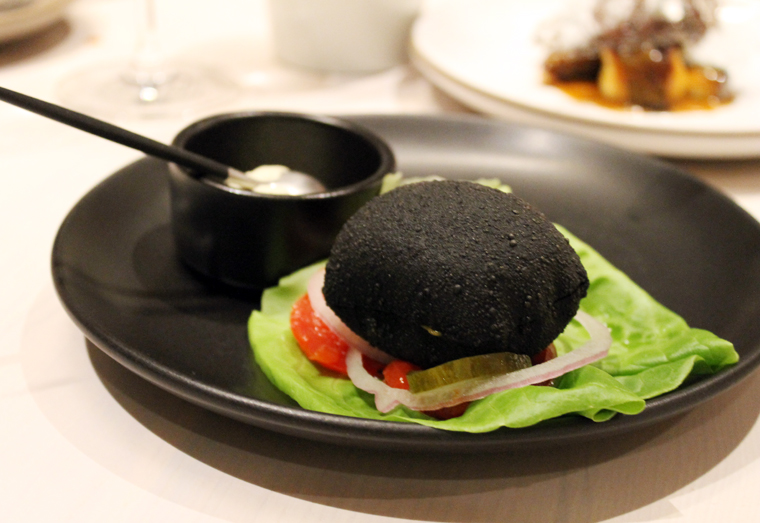
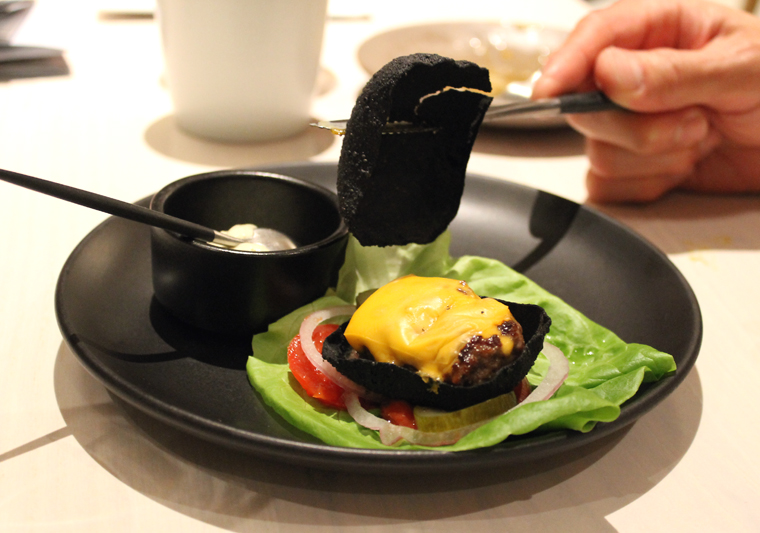
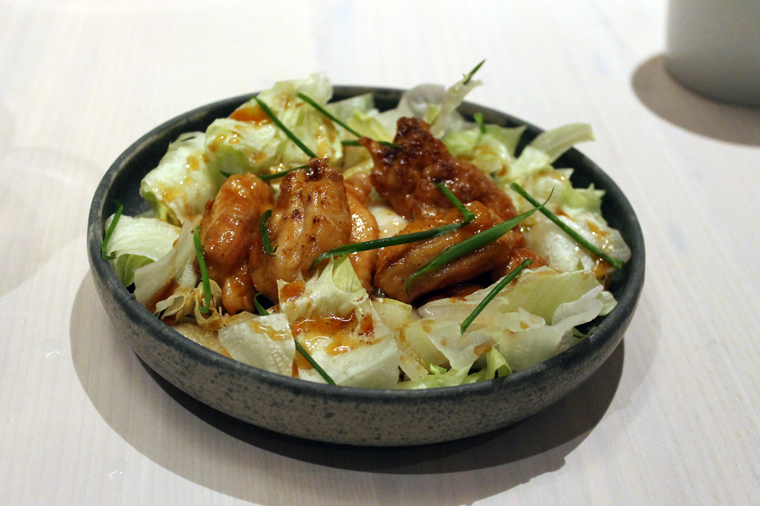

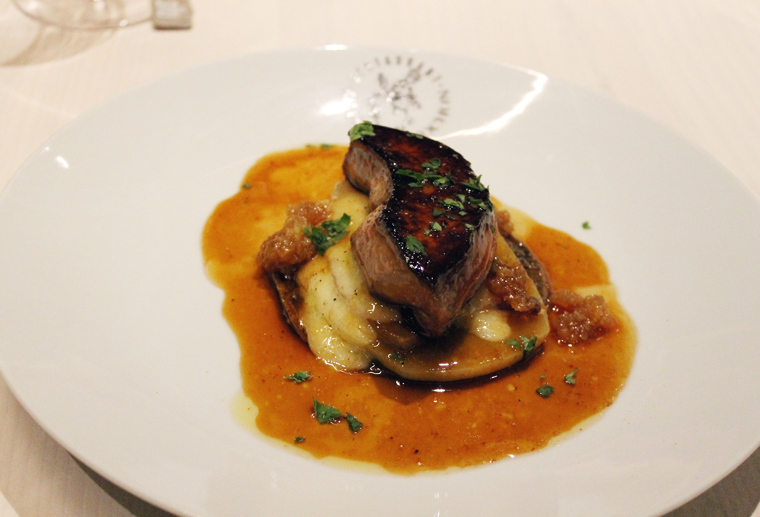

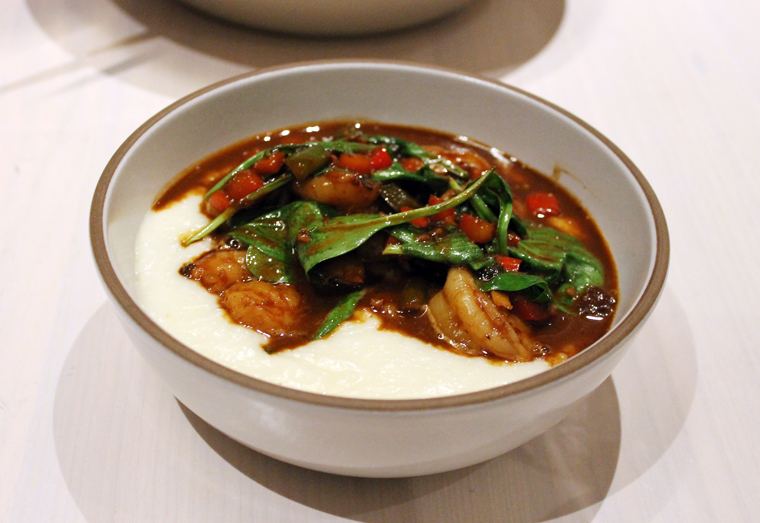
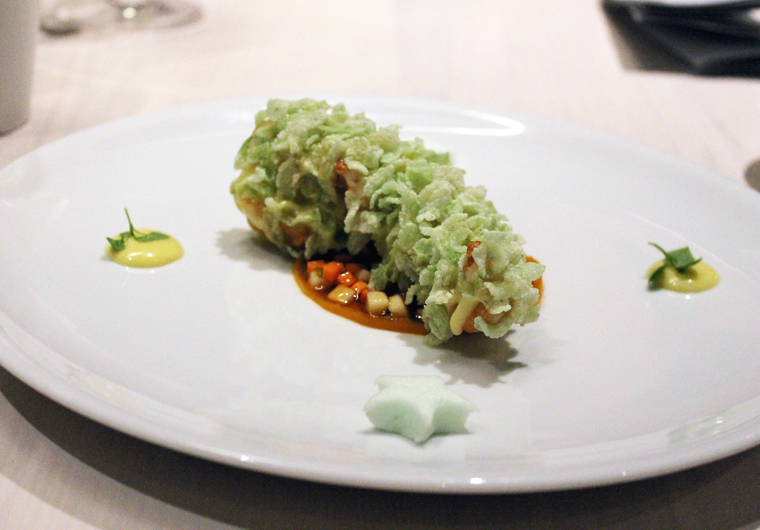
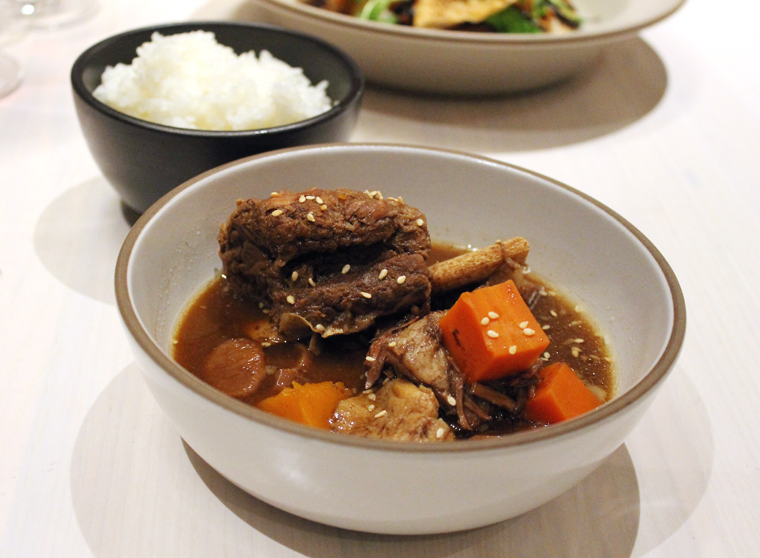
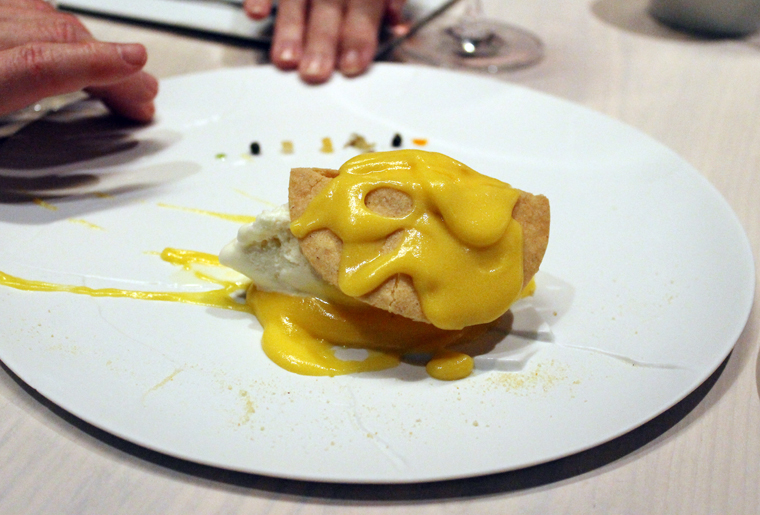
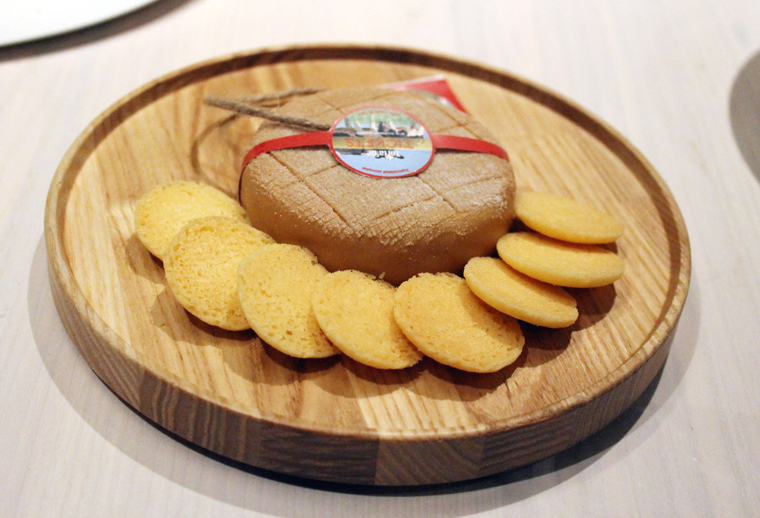
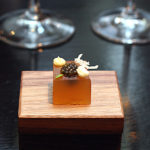
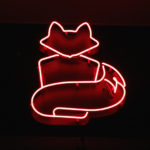
I love that he has included local chefs as well as global. This is on my bucket list for sure!
Your dishes looked the same but not compared to when I visited. The lemon tart looks a bit different, but the wasabi lobster looks the same. I like how the menu changes so want to go back to try some of the dishes you had, like the foie gras dish.
I can’t wait to go!!! Got my rezzies booked.
I’ve had the Wasabi Lobster both times I went. This last time I had the Cheesecake dessert. I went to Tickets in Barcelona, Spain and didn’t find it there.
Linda: I’m guessing Tickets must change up its menu frequently. Maybe that’s why the cheesecake wasn’t on it when you went? In any event, I’m glad you had a chance to enjoy it at In Situ. It is definitely a dessert you won’t forget.